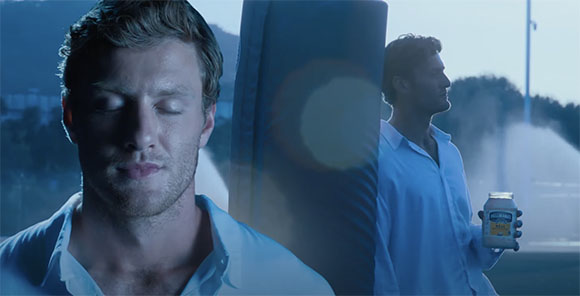

TV vs. social media: Navigating the creative challenges of ad editing
In the ever-evolving landscape of social media, editors need to understand the differences between editing ads for social platforms versus TV. Ultimately, it’s about the impression your ad leaves on the viewer. Whether for TV or social media, the viewer’s initial response is crucial.
With TV ads, there’s often more creative flexibility, allowing editors to take their time in building a lasting impact. You can explore various techniques, adjust the pacing and craft a more compelling narrative arc. Additionally, experiment with different styles — whether it’s a documentary approach, cinematic feel or varying between slow and fast pacing. Since the ads often cater to more passive viewers that are watching content from a distance, usually in a relaxed environment, it leaves the editors with more control over the situation.

I often think of social media ads as the Wild West of advertising. You’re up against the limitless scroll. The landscape is unpredictable, and the fast-paced nature of social media requires a different approach, with all the emphasis on catching the viewer mid-scroll on TikTok with the first visual or soundbite. Social media users are more active, constantly scrolling through a feed, so ads need to grab their attention immediately. Short, punchy, attention-grabbing content has become the norm. There are various ways to achieve this, and that keeps things interesting.

Recently, I worked on a Hellmann’s campaign with Will Levis, which drew inspiration from classic high-end TV perfume ads. This approach showcased how a traditional TV ad mindset can be effectively adapted for social media. It engaged viewers in a way that encouraged them not only to watch the ad, but to also share it and purchase the now sold-out mayo perfume. I also worked on the latest Pure Leaf campaign, featuring Martha Stewart, which utilized social media elements, like speaking directly to the camera, as an influencer would, making it feel more authentic when it pops up in the feed. They were both successful but done in completely different ways. It also doesn’t hurt that they both had celebrities in them.
Either way, while social media content often gravitates toward quick cuts and a jumpy style, the key to success lies in balancing creativity with authenticity. Many brands still grapple with finding the right formula that resonates without feeling forced or inauthentic. As social media continues to evolve, I suspect that advertisements will evolve as well. This evolution will likely encourage brands to experiment with more storytelling techniques that not only engage viewers, but also cultivate a sense of shared experience, ultimately leading to more impactful advertising.

Whether editing for TV or social media, the ultimate goal remains the same: to leave a lasting impression. While TV offers more creative flexibility to craft a narrative, social media demands immediate engagement with fast, attention-grabbing content. Each platform presents its own set of challenges and opportunities, pushing editors to continuously adapt and experiment. As the landscape of advertising evolves, so too will the strategies and techniques we use to captivate audiences. But at the heart of it all, it’s about creating work that resonates — whether it’s through storytelling, authenticity or a clever blend of both.
Heather Danosky (pictured) is an Editor with Bandit.
Read the full story in Post Magazine HERE